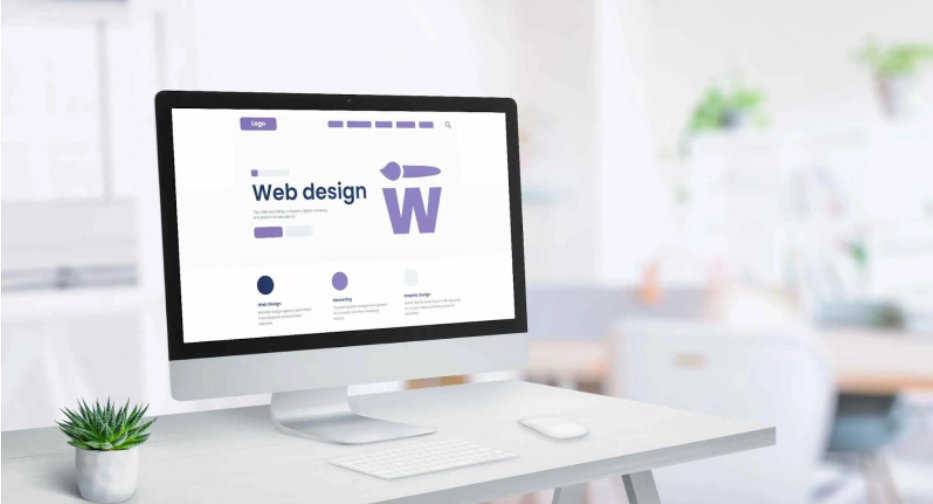Budgeting effectively for your website design project is crucial to ensure you get the most out of your investment. Whether you’re building a simple portfolio site or a complex e-commerce platform, understanding the costs involved will help you make informed decisions and avoid unexpected financial surprises.
By planning carefully and knowing where to allocate resources, you can create a beautiful and functional website without breaking the bank. In this guide, we’ll take you through practical steps to budget effectively for your website design, from understanding your needs to managing long-term maintenance costs.
Understand Your Website Design Needs
When you’re ready to budget effectively for your website design project, the first step is to clearly understand your website design needs. This helps you make informed decisions and allocate your budget wisely.
Partnering with a professional web design agency can also provide valuable guidance, ensuring you invest in the right features without overspending or cutting corners.
Define Your Website’s Purpose
Ask yourself, “What’s the main purpose of my website?” Are you building a personal blog, an online store, or a business website? Your website’s purpose will determine the design, features, and overall complexity. For example, an e-commerce site may need advanced features like a shopping cart, product pages, and secure payment systems. A personal blog, on the other hand, will have simpler needs.
Choose the Right Features
Next, think about the specific features your website needs. Do you want a contact form? Do you need a blog section, photo gallery, or an online store? These elements can affect both your design and budget. Prioritizing the features that matter most will help you focus your resources on what’s essential.
Consider Design Complexity
Finally, decide how complex your design should be. If you want a basic, clean design, your costs will be lower. But if you need a custom design with unique graphics, animations, or interactive features, it may cost more. Understanding these needs helps you stay on track with your budget and avoid overspending.
Set Realistic Budget Goals
Setting realistic budget goals is key to keeping your website design project on track. If you want to make sure you get the best value without overspending, it’s important to understand how much you can afford and where to spend your money wisely.
Identify Your Total Budget
Start by figuring out how much you can spend overall. This number should be based on your financial situation and your goals for the website. Be realistic—don’t overestimate what you can afford, as this can lead to stress down the road. It’s always better to have a clear number in mind to avoid surprises.
Break Down Costs
Once you have a total budget, break it down into categories. These categories might include design, development, domain registration, hosting, and any future maintenance costs. Doing this helps you see where your money will go and ensures that no important element gets left out. For example, development costs could be higher if you’re looking for custom features or a complex site.
Plan for Unexpected Costs
Even if you’ve planned carefully, unexpected costs can pop up. It’s a good idea to set aside a small buffer in your budget around 10–15%. This will give you peace of mind knowing you’re prepared for anything unexpected.
Prioritize Key Elements
Finally, focus on the most important aspects first. If your budget is tight, prioritize the features that matter most; such as a mobile-friendly design or fast load times. You can always add extra features later as your budget allows.
Find the Right Website Design Professionals
Choosing the right website design professionals is a crucial step in your budgeting process. The right expert can bring your vision to life without blowing your budget. Here’s how you can make sure you’re hiring the best person for the job.
Freelancers vs Agencies
When hiring someone for your website design, you’ll face the choice between hiring a freelancer or a design agency. Freelancers are often more affordable, and they can provide a personal touch.
However, agencies may offer more experience and a team of experts working on different parts of your project. Decide which option works best for your budget and needs. Keep in mind that agencies may charge higher fees but can handle complex or large-scale projects more efficiently.
Check Portfolio and Reviews
Before making a decision, always check the portfolio and reviews of potential designers. A good portfolio will showcase their previous work, giving you an idea of their style and skills. Reviews from past clients can provide insight into their professionalism, communication skills, and reliability. This step will help you avoid hiring someone who isn’t a good fit for your project.
Get Multiple Quotes
It’s a smart idea to request quotes from several professionals. This gives you a better understanding of the going rates and helps you compare prices. Keep in mind that the cheapest option isn’t always the best; quality and experience matter too. Look for quotes that offer a balance between affordability and expertise.
Communication and Timelines
Good communication is essential. Make sure the designer or agency is responsive to your messages and understands your goals. Also, ask about their timelines. A professional designer should be able to provide a clear plan for when your website will be ready. This will help you avoid delays that could affect your budget and overall plans.
Plan for Ongoing Costs and Maintenance
When budgeting for your website design project, it’s important to remember that the costs don’t stop once your site is live. Planning for ongoing expenses and maintenance will help you avoid surprises down the road and ensure your website stays functional and secure.
Hosting and Domain Fees
One of the recurring costs you’ll face is website hosting and domain registration. Hosting is where your website lives on the internet, and domain registration is the cost of owning your website address (e.g., www.yoursite.com). These costs are usually paid annually, so make sure to budget for them each year. Hosting prices vary, so choose a provider that fits your needs and budget.
Ongoing Content Updates
Websites require regular content updates to stay fresh and relevant. Depending on the type of website, you may need to add blog posts, new products, or other updates. You can do these updates yourself if you know how, but if you prefer professional help, it’s important to plan for the costs of hiring someone to handle these updates.
Website Security and Backups
Security is a critical part of maintaining your website. Regular security updates, firewalls, and backups will protect your site from potential threats. If you hire a professional or use a security service, these costs should be factored into your ongoing budget. Without proper security measures, your website could become vulnerable to hacking or data loss, which can be costly to fix.
Marketing and SEO
Another ongoing cost to consider is marketing and search engine optimization (SEO). If you want your website to be found by more people, you’ll need to invest in marketing efforts like social media ads, content creation, or paid search ads. SEO is also important for improving your site’s visibility on search engines, and investing in professional SEO services can help you attract more visitors.
Conclusion
In conclusion, budgeting effectively for your website design project means balancing quality with affordability. By understanding your needs, setting realistic goals, and choosing the right professionals, you can ensure a smooth process and a successful outcome. Remember, proper planning is the key to creating a website that fits both your vision and your budget.






